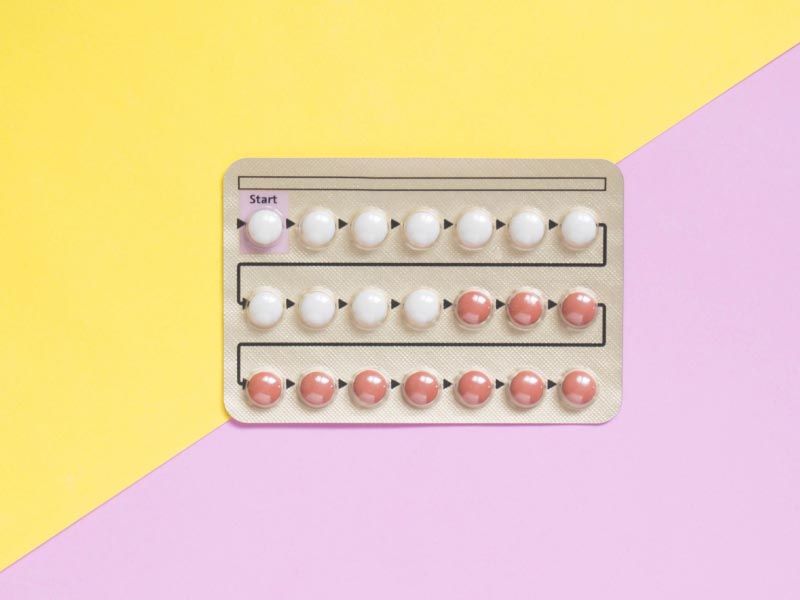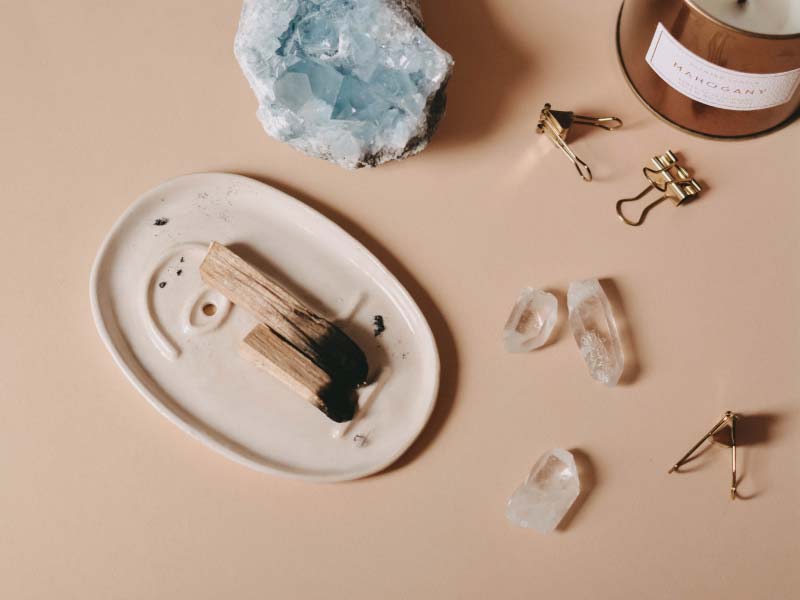Why you should be tracking
your cycle (and the best way
to start)
By Kathleen Morrison
February 23, 2023
Medically reviewed by Andrea Sleeth, WHNP-BC
Are you trying to conceive? Trying to prevent pregnancy? Got questions about your libido? Just want to get to know your body a bit better? Tracking your menstrual cycle is a great way to not only know when you’re most fertile, but it can also help you understand your moods, libido, cravings, and more! Let’s talk about what you could accomplish by tracking your cycle.
What is cycle tracking?
Simply put, cycle tracking just means tracking your period so you know what phase of your menstrual cycle you’re in at any given time. It allows you to monitor patterns in your cycle and see how regular your bleeding or spotting is. For a long time it’s been the norm to keep track of the dates of your period in a diary or calendar, which isn’t the most convenient in our modern age. Now we have options like apps and automated reminders that do the work for you!
While tracking your period is helpful, menstruation dates alone don’t tell you all there is to know about your unique cycle. Menstrual cycles are sensitive and can easily be affected by changes in stress levels, sleep, and diet. Tracking your period can help you observe the changes, but you can’t anticipate them, which is why period tracking apps shouldn’t be used to prevent pregnancy. Cycle trackers provide a prediction of your fertile window, which means you won’t know until the end of a cycle if the fertile window has shifted—making it too late to prevent a pregnancy.
What is a “normal” cycle?
The length of a menstrual cycle varies from person to person—for a long time, the “average cycle” was believed to be 28 days, but recent research shows only 1 in 8 women actually have a 28-day cycle. A normal cycle can last anywhere from 21-35 days. If you have polycystic ovarian syndrome (PCOS), endometriosis, or other hormone disruptions, you may experience irregular cycles—tracking your cycle may be helpful for treating and managing symptoms, so you may want to ask your doctor about it!
The menstrual cycle consists of 4 phases:
- Menstruation — You know it, you love it. We’re talking about your period! Your uterine lining sheds and you may have cramping, irritability, bloating, headaches, and other symptoms. These unpleasant side effects are a result of the drop in estrogen and progesterone that triggers your uterus to shed its lining.
- Follicular phase — The follicular phase starts on the first day of your period (so there is some overlap in phases) and lasts until you ovulate, which typically occurs in the middle of your cycle. During this stage, hormones stimulate your ovaries to produce a mature egg and thicken your uterine lining to prepare for an embryo.
- Ovulation — A rise in estrogen prompts the release of luteinizing hormone, which in turn causes your ovary to release a mature egg. When you’re ovulating you may notice two key signs: 1) a rise in basal body temperature and 2) a slippery, stretchy, clear vaginal discharge that may have a similar consistency to raw egg whites.
- Luteal phase — After ovulation, there’s a spike in progesterone and estrogen that keeps your uterine lining thick and ready for an embryo to implant. If the egg is not fertilized, it will be reabsorbed by your body and your hormones will drop, potentially triggering symptoms of PMS.
Knowing where you are in your menstrual cycle can tell you when you’re at your most fertile if you’re trying to become pregnant, or when NOT to have unprotected sex if you’re preventing pregnancy. It can also help explain mood swings, or changes in energy levels at certain times of the month. Some people even plan their workouts around their menstrual cycle so they can best work with their bodies, instead of against them.
What is a fertile window?
Ovulation only lasts 1 day, but there are actually 6 days of your cycle when you can become pregnant. This is because sperm can survive in your reproductive tract for up to 5 days, hanging out and waiting for the opportunity to fertilize an egg. So you’re not only fertile on the day of ovulation, but also on the 5 days prior—sex on any of these days may result in a pregnancy.
How to track your cycle
Using period tracking apps is a convenient way to collect data on the length of your cycle, your menstrual symptoms, where you are in your cycle, and be aware if anything suddenly looks “off.” But if you’re using cycle tracking to avoid pregnancy, it’s extra important to know when you’re fertile! Natural Cycles is an app designed to be used as birth control and is the only FDA Cleared birth control app. It can be used as an alternative to hormonal birth control methods for those who have experienced side effects with other methods, have medical conditions incompatible with hormones, or simply want to be more in tune with what’s going on in your cycle. It uses your body temperature and a special algorithm to calculate your fertile window and gives you a daily fertility status—on “Green Days” you are not fertile and on “Red Days” you are. As the app learns your cycle, you’ll have more and more “Green Days,” or days when you definitely won’t get pregnant. The Natural Cycles app is scientifically proven to be an effective birth control method, more specifically it is 93% effective with typical use and 98% effective with perfect use (perfect use meaning no unprotected sex on “Red Days”).
Does ovulation increase libido?
Once you begin tracking your cycle, you may notice that you feel a little extra excited right around the time of ovulation. The effect of ovulation on libido is very real. It makes sense that you would be extra horny when you can become pregnant—it’s what Mother Nature wants! Estrogen and luteinizing hormones work together to trigger those sexy feelings. Great if you’re trying for a baby, but not so much if you’re trying to avoid one. If you just can’t keep your hands off your partner during this time, make sure to use a condom (another great, hormone-free way to avoid pregnancy).
On the other hand, you may find yourself experiencing low libido at other times of the month, or due to hormonal changes, stress, or changes in medication. When you find yourself needing a little extra help revving up your engine, OMG! Cream and Harmonizing Lube work together to deliver better, more satisfying pleasure.
If you’re looking for a hormone-free way to prevent pregnancy, or you just want to get to know your body a little better, check out FDA Cleared Natural Cycles. Oh, and just in case, we also offer emergency contraception that you can order before you need it. Safe sex is good sex.
Get Sexual Healthcare Online
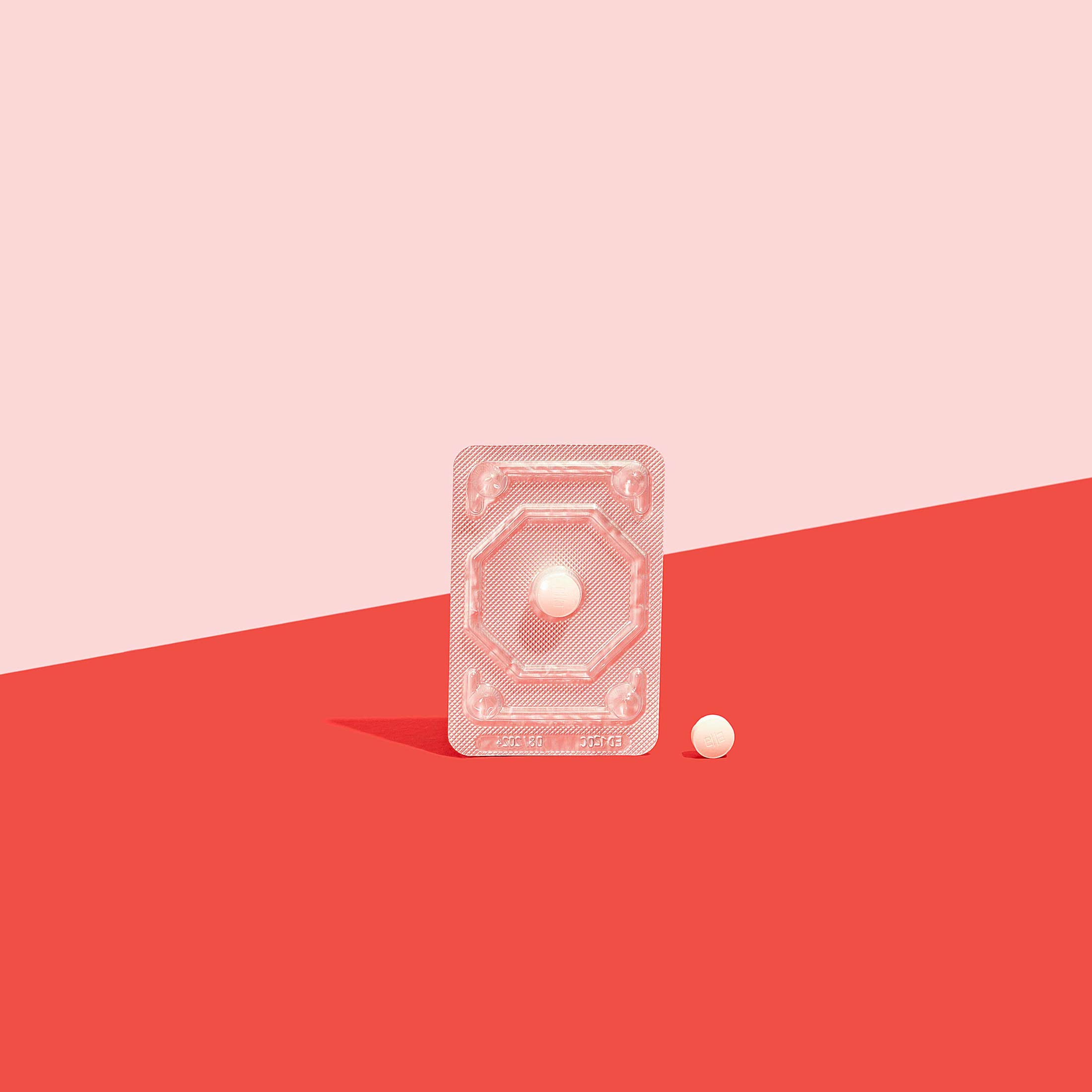
Ella® Emergency Contraception
$44
Take Ella as soon as possible, but within 120 hours (5 days) of unprotected intercourse or contraceptive failure. Ella is pick-up only - order after contraceptive failure!
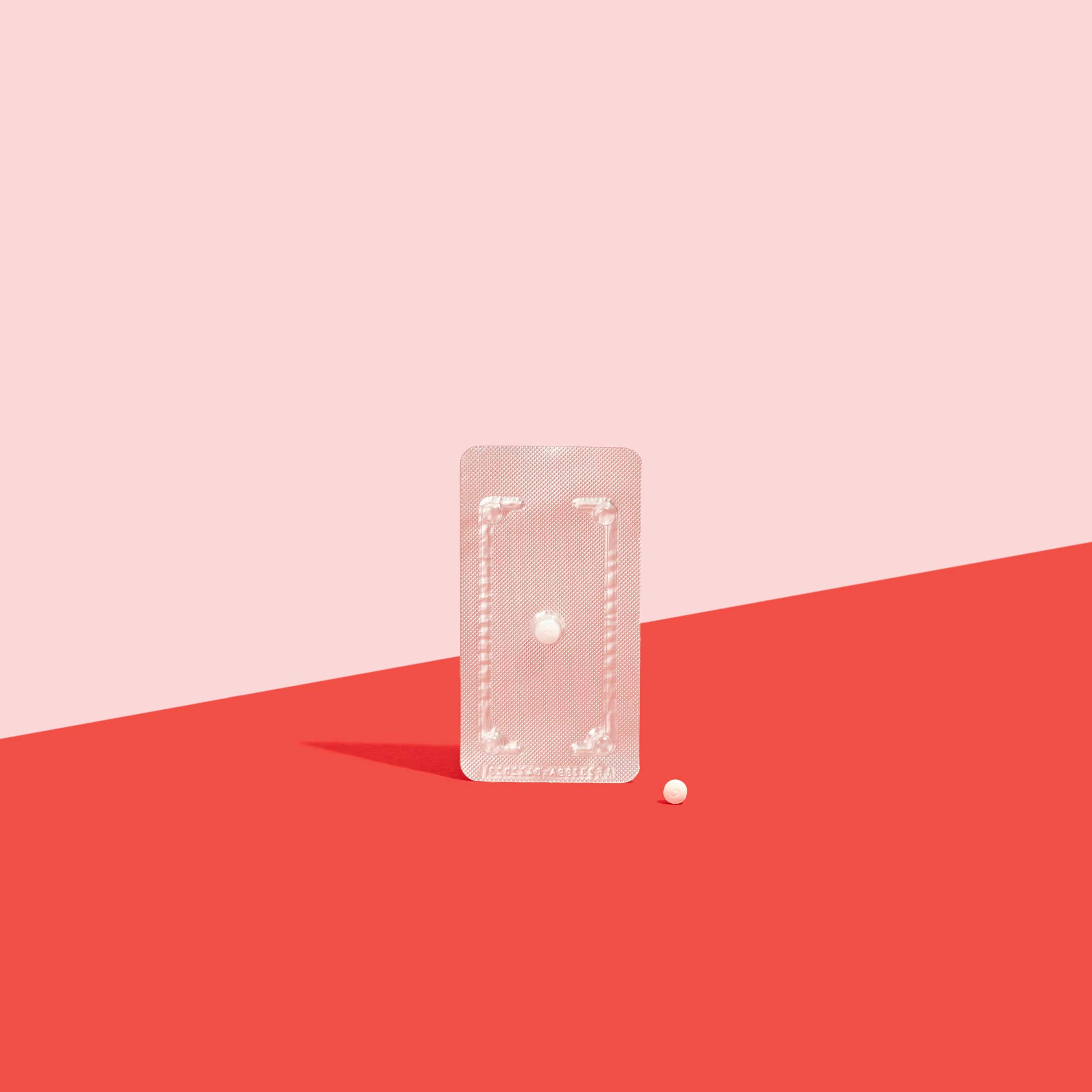
Levonorgestrel (Generic PLAN B)
Starting at $12.50
Take Levonorgestrel as soon as possible but within 72 hours (3 days) of unprotected intercourse or contraceptive failure. Delivery only - order ahead of time!
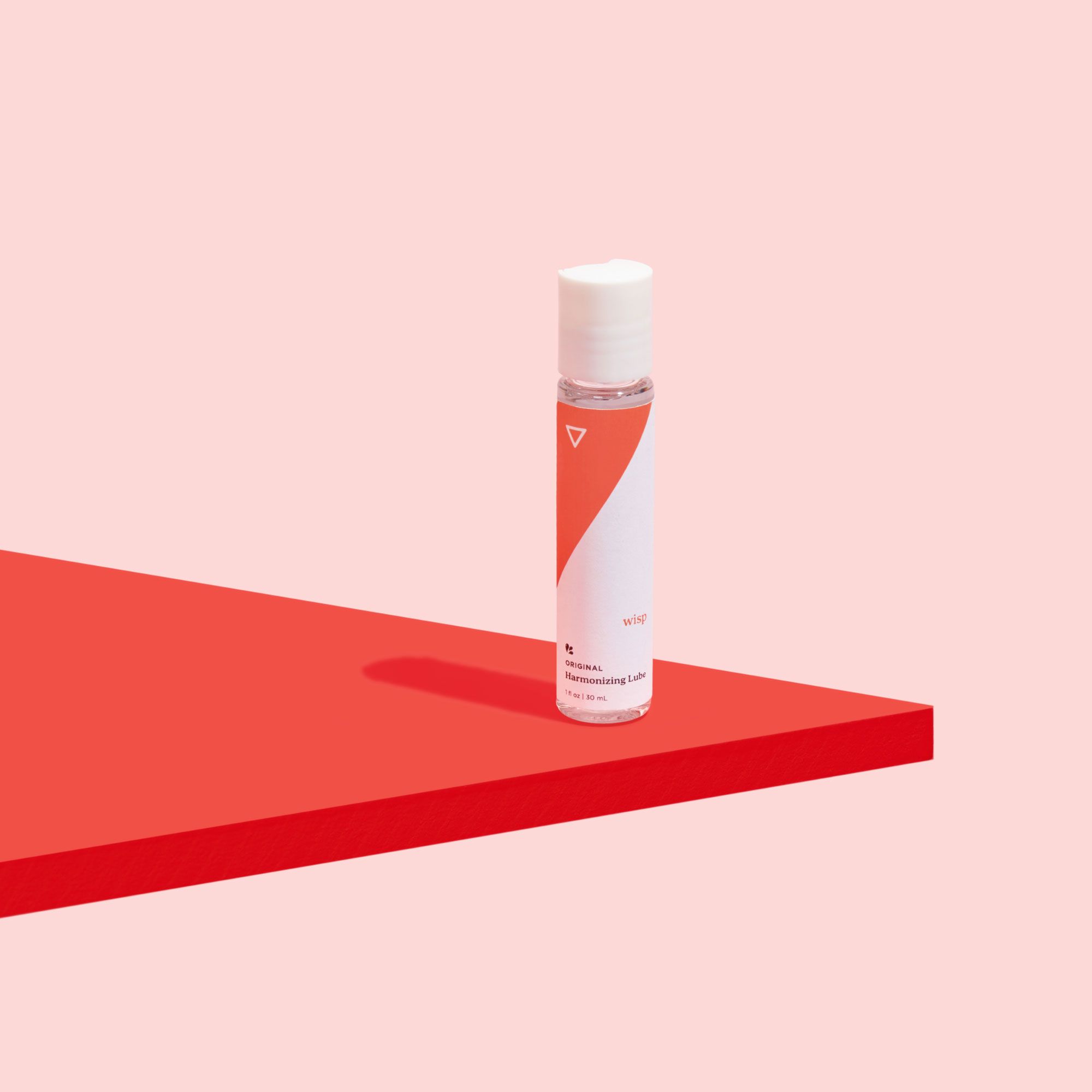
Original Harmonizing Lube
Starting at $10
Silicone-based to reduce friction and make sex easier, more pleasurable, and more fun.
